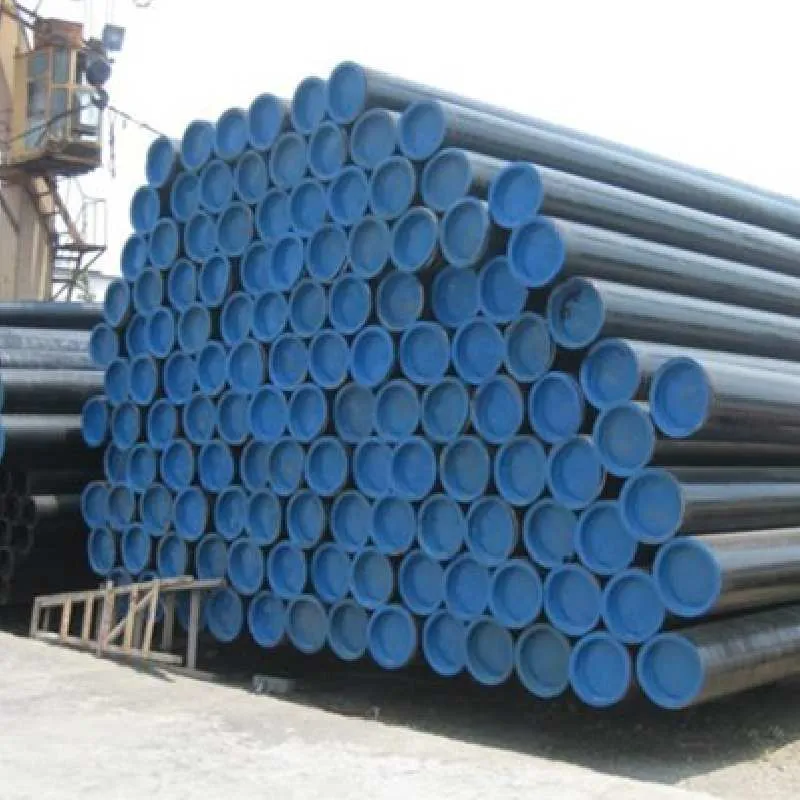-
Cangzhou Yulong Steel Co., Ltd.
-
Phone:
+86 13303177267 -
Email:
admin@ylsteelfittings.com
- English
- Arabic
- Italian
- Spanish
- Portuguese
- German
- kazakh
- Persian
- Greek
- French
- Russian
- Polish
- Thai
- Indonesian
- Vietnamese
- Zulu
- Korean
- Uzbek
- Hindi
- Serbian
- Malay
- Ukrainian
- Gujarati
- Haitian Creole
- hausa
- hawaiian
- Hebrew
- Miao
- Hungarian
- Icelandic
- igbo
- irish
- Japanese
- Javanese
- Kannada
- Khmer
- Rwandese
- Afrikaans
- Albanian
- Amharic
- Armenian
- Azerbaijani
- Basque
- Belarusian
- Bengali
- Bosnian
- Bulgarian
- Catalan
- Cebuano
- China
- China (Taiwan)
- Corsican
- Croatian
- Czech
- Danish
- Esperanto
- Estonian
- Finnish
- Frisian
- Galician
- Georgian
- Kurdish
- Kyrgyz
- Lao
- Latin
- Latvian
- Lithuanian
- Luxembourgish
- Macedonian
- Malgashi
- Malayalam
- Maltese
- Maori
- Marathi
- Mongolian
- Myanmar
- Nepali
- Norwegian
- Norwegian
- Occitan
- Pashto
- Dutch
- Punjabi
- Romanian
- Samoan
- Scottish Gaelic
- Sesotho
- Shona
- Sindhi
- Sinhala
- Slovak
- Slovenian
- Somali
- Sundanese
- Swahili
- Swedish
- Tagalog
- Tajik
- Tamil
- Tatar
- Telugu
- Turkish
- Turkmen
- Urdu
- Uighur
- Welsh
- Bantu
- Yiddish
- Yoruba

Dec . 25, 2024 15:46 Back to list
metal pipe price per foot
Understanding Metal Pipe Prices per Foot Factors and Trends
When considering construction, plumbing, or manufacturing projects, one vital component is the metal pipe. Whether it's for water supply, gas lines, or structural support, the price of metal pipe per foot can have a significant impact on project budgets. In this article, we will explore the factors influencing the price of metal pipes and recent market trends, as well as tips for making cost-effective purchasing decisions.
Factors Affecting Metal Pipe Prices
1. Material Type The most common types of metal pipes include steel, aluminum, copper, and stainless steel. Each material has unique properties and applications, leading to varying price points. For instance, stainless steel pipes tend to be more expensive due to their corrosion resistance and durability, while galvanized steel tends to be cheaper but may not offer the same longevity.
2. Pipe Diameter and Thickness The size of the pipe—both in diameter and wall thickness—also affects the price. Larger diameter pipes require more material, which increases the cost. Similarly, heavier gauge pipes are more expensive because they use thicker walls to handle higher pressures and loads.
3. Market Demand and Supply Prices can fluctuate based on market conditions. For example, if there is a surge in demand for construction materials, the price of metal pipes may rise due to supply shortages. Conversely, during economic downturns or when there’s a decrease in construction activity, prices can drop.
4. Global Economic Factors The global economy has a significant influence on metal prices. Tariffs, trade agreements, and the cost of raw materials play crucial roles. For instance, recent tariffs on steel imports can have a cascading effect on domestic pricing. Additionally, fluctuating currency values can impact prices for imported materials.
5. Manufacturing and Transportation Costs The costs associated with manufacturing pipes—such as labor, energy, and equipment—also contribute to the price per foot. Furthermore, transportation costs can vary significantly based on distance from manufacturing facilities to construction sites or suppliers, especially in a globalized economy where shipping options fluctuate.
6. Finishes and Coatings Different finishes and coatings can also affect costs. Some pipes require special coatings to enhance their durability or prevent corrosion, particularly in industrial settings. These added features can lead to increased costs but may be necessary for specific applications.
metal pipe price per foot

Current Market Trends
The COVID-19 pandemic has notably affected supply chains and manufacturing capacities, leading to irregularities in pricing. Many construction projects were delayed due to lockdowns, leading to backlog orders that keep prices high. Furthermore, as economies bounce back and infrastructure spending increases, the demand for metal pipes has seen a considerable rise.
Additionally, the trend toward sustainable building practices has introduced new opportunities for materials like recycled steel, which may impact pricing dynamics. While often cost-effective, the availability of recycled materials can also be inconsistent, impacting overall pricing trends.
Tips for Purchasing Metal Pipes Cost-Effectively
1. Bulk Purchasing Buying in bulk can often lead to significant savings. Many suppliers offer discounts for larger orders, so plan your projects accordingly.
2. Supplier Comparison Take the time to compare prices from different suppliers. Online marketplaces, local hardware stores, and specialty suppliers might offer varying prices and deals.
3. Stay Informed Keeping up with market trends and forecasts can help you time your purchases effectively. Understanding when prices are likely to rise or fall can lead to better budgeting.
4. Consider alternative materials Sometimes, alternative materials can serve similar purposes at a lower cost. For instance, PVC or PEX might be suitable for certain plumbing needs and can be more affordable than metal options.
In conclusion, the price of metal pipe per foot is influenced by a multitude of factors, from material type to market conditions. Being aware of these variables can help consumers and contractors make informed purchasing decisions, leading to more efficient budgeting and project planning. As the market continues to evolve, staying informed will be vital to navigating the complexities of metal pipe pricing effectively.
Latest news
-
ANSI 150P SS304 SO FLANGE
NewsFeb.14,2025
-
ASTM A333GR6 STEEL PIPE
NewsJan.20,2025
-
ANSI B16.5 WELDING NECK FLANGE
NewsJan.15,2026
-
ANSI B16.5 SLIP-ON FLANGE
NewsApr.19,2024
-
DIN86044 PLATE FLANGE
NewsApr.19,2024
-
DIN2527 BLIND FLANGE
NewsApr.12,2024
-
JIS B2311 Butt-Welding Fittings LR/SR 45°/90° /180°Seamless/Weld
NewsApr.23,2024
-
DIN2605-2617 Butt-Welding Fittings LR/SR 45°/90°/180° Seamless/Weld
NewsApr.23,2024











